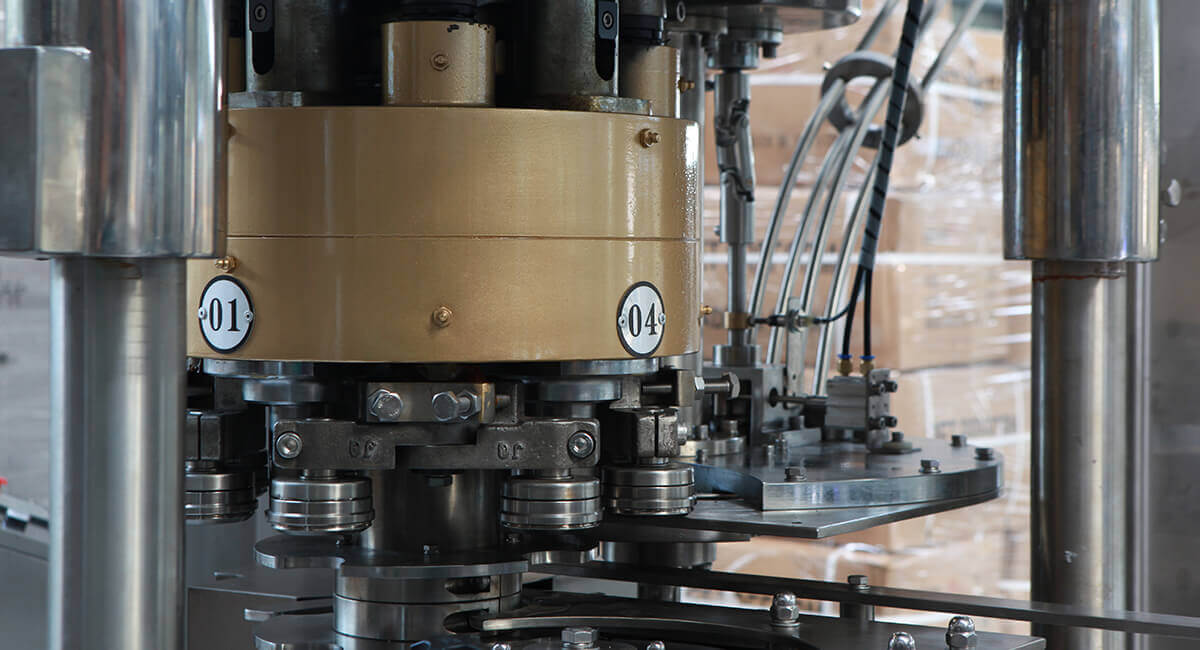Advanced Liquid Package Solution
Spillage during the liquid filling process can lead to significant operational challenges, including wasted product, increased costs, and potential safety hazards. In industries such as beverage and liquid packaging, maintaining a leak-free operation is critical for both profitability and compliance with regulations. This article aims to provide practical troubleshooting tips and solutions for common spillage problems encountered with liquid filling machines, helping manufacturers ensure a smooth and efficient operation.

Improper Machine Setup
One of the most frequent causes of spillage is improper setup of the filling machine. Misalignment of nozzles and containers can lead to inaccurate filling and leaks.
Worn or Damaged Components
Over time, components such as seals, nozzles, and valves can wear down, compromising their effectiveness and leading to leaks.
Incorrect Filling Parameters
Settings related to fill levels, speed, and pressure can also contribute to spillage. If these parameters are not correctly configured, they can result in overfills or spills.
External Factors
Environmental conditions, such as temperature fluctuations, and variations in container sizes or shapes can also affect the filling process and lead to spillage.
Step 1: Conduct a Visual Inspection
Begin troubleshooting by performing a thorough visual inspection of the machine. Look for obvious leaks, wear on components, and any misalignments that may contribute to spillage.
Step 2: Verify Machine Calibration
Check that the machine is properly calibrated. Ensure that filling levels and pressure settings are adjusted according to the specific requirements of the liquid and container type.
Step 3: Inspect and Replace Worn Parts
Pay close attention to seals, gaskets, and nozzles. If any components show signs of wear or damage, replace them promptly to prevent further spillage.
Step 4: Adjust Nozzle Positioning
Ensure that nozzles are aligned correctly with containers. Proper positioning is crucial to minimize the risk of liquid spilling during the filling process.
Step 5: Review Fill Rates and Speeds
Adjust fill rates and speeds to ensure a smooth filling process. Slower fill rates can reduce the likelihood of overflows and spillage.
Regular Maintenance Routines
Establish a routine maintenance schedule that includes regular inspections and cleaning of the filling machine. Preventive maintenance can identify potential issues before they lead to significant problems.
Operator Training
Invest in comprehensive training for operators to ensure they can recognize and address spillage issues effectively. Well-trained staff can implement best practices for machine operation and maintenance.
Quality Control Protocols
Implement quality control checks to monitor filling accuracy and detect leaks early. Regular audits can help maintain consistent product quality and minimize waste.
Utilizing Technology
Consider incorporating sensors and alarms into the filling process to detect leaks and overfills automatically. Advanced technology can provide real-time monitoring and alerts, allowing for immediate corrective action.
Investing in Upgraded Equipment
Modern filling machines often come equipped with advanced features designed to prevent leaks and spills. Investing in updated technology can enhance efficiency and reduce spillage risks.
Implementing Inline Filtration
Utilizing inline filtration systems can help reduce the risk of contamination and spillage during the filling process, ensuring that only clean liquid is dispensed.
In conclusion, addressing spillage in liquid filling machines requires understanding common causes, following effective troubleshooting steps, and implementing preventive measures.
Manufacturers should adopt a proactive approach to managing spillage to enhance operational efficiency, minimize waste, and ensure the quality of their products. By prioritizing maintenance and training, companies can create a leak-free filling operation that supports their overall business objectives.

By continuing to use the site you agree to our privacy policy Terms and Conditions.